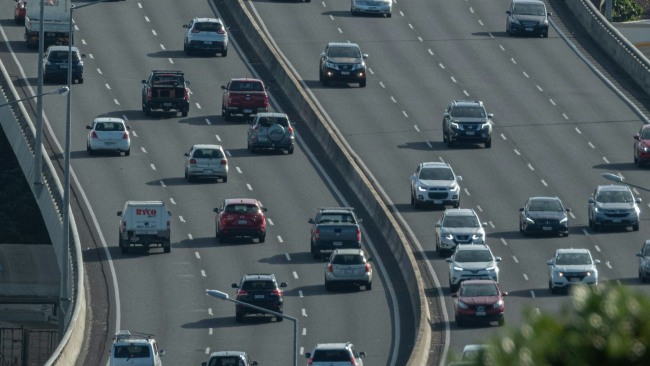
Fleet
Stopping Distances – A Crucial Aspect of Road Safety
Understanding stopping distances is integral for driving safely on UK roads. This detailed guide explores the concept of stopping distance, breaking it down into its key components and examining factors that influence it. Whether you’re a new driver or a seasoned motorist, this information is vital for maintaining road safety and avoiding potential accidents.
What is stopping distance?
Stopping distance is the total distance a vehicle travels from the moment a driver perceives a need to stop until the vehicle comes to a complete halt. It’s composed of two critical elements: thinking distance and braking distance. Comprehending these components is essential for all drivers to ensure they maintain a safe distance from other vehicles and potential hazards on the road.
What is thinking distance?
Thinking distance is the distance your vehicle travels from the moment you perceive a hazard to the instant you begin to apply the brakes. This crucial period is influenced by various factors, including:
- Driver alertness and fatigue levels
- Reaction time
- Distractions (e.g., mobile phone use, eating, or adjusting in-car systems)
- Alcohol or drug impairment
What is braking distance?
Braking distance is the distance your vehicle travels from the moment you begin to apply the brakes until it comes to a complete stop. Several factors affect braking distance:
- Vehicle speed
- Road conditions (wet, icy, or dry)
- Tyre condition and pressure
- Vehicle weight and load
- Brake efficiency
It’s worth noting that modern safety features like Anti-lock Braking Systems (ABS), which can be used when you need to stop in an emergency, can significantly impact braking performance. While ABS helps maintain steering control during emergency braking, it doesn’t necessarily reduce stopping distances in all conditions. On surfaces like gravel or ice, stopping distances with ABS may actually be longer, but the system still aids in maintaining vehicle control.
What are the average stopping distances at different speeds?
Understanding stopping distances at various speeds is crucial for safe driving. Here’s a breakdown of typical stopping distances on dry roads:
| Speed | Thinking Distance | Braking Distance | Total Stopping Distance |
| 20 mph | 6 metres | 6 metres | 12 metres |
| 30 mph | 9 metres | 14 metres | 23 metres |
| 40 mph | 12 metres | 24 metres | 36 metres |
| 50 mph | 15 metres | 38 metres | 53 metres |
| 60 mph | 18 metres | 55 metres | 73 metres |
| 70 mph | 21 metres | 75 metres | 96 metres |
Remember, these distances are approximate and can vary based on the factors mentioned earlier.
What are the stopping distances in different weather conditions?
Weather conditions significantly impact stopping distances. Here’s how different conditions affect your vehicle’s ability to stop:
- Wet roads: Stopping distances can double compared to dry conditions
- Icy roads: Stopping distances can increase up to ten times
- Snow: Stopping distances can be unpredictable and significantly longer
An article by the RAC clarifies that modern technology like ABS can be beneficial when driving in snowy or icy conditions but whether it is effective depends on the driver. This underscores the importance of maintaining alertness and adjusting your speed according to weather conditions.
What is the 2 second rule?
The 2 second rule is a simple yet effective method to maintain a safe following distance from the vehicle in front. Here’s how to apply it:
- Choose a fixed point ahead, such as a road sign or bridge
- When the vehicle in front passes this point, start counting: “Only a fool breaks the two second rule”
- If you reach the same point before finishing the phrase, you’re too close
- In wet conditions, double this to four seconds
- In icy or snowy conditions, aim for a 10-second gap
Adhering to this rule can significantly reduce the risk of rear-end collisions, which are often caused by insufficient following distances.
It’s crucial to note that failure to maintain safe stopping distances can have serious legal implications. In the UK, not leaving enough space between vehicles could be considered careless driving, or tailgating. According to National Highways, tailgating is illegal and can result in fines and other penalties.
Understanding and applying the concepts of stopping distances, thinking distance, and braking distance is essential for every driver. By maintaining appropriate distances and adjusting for various conditions, you can significantly enhance your safety and that of others on the road. Remember, safe driving is not just about following rules, but about actively anticipating and responding to potential hazards.





